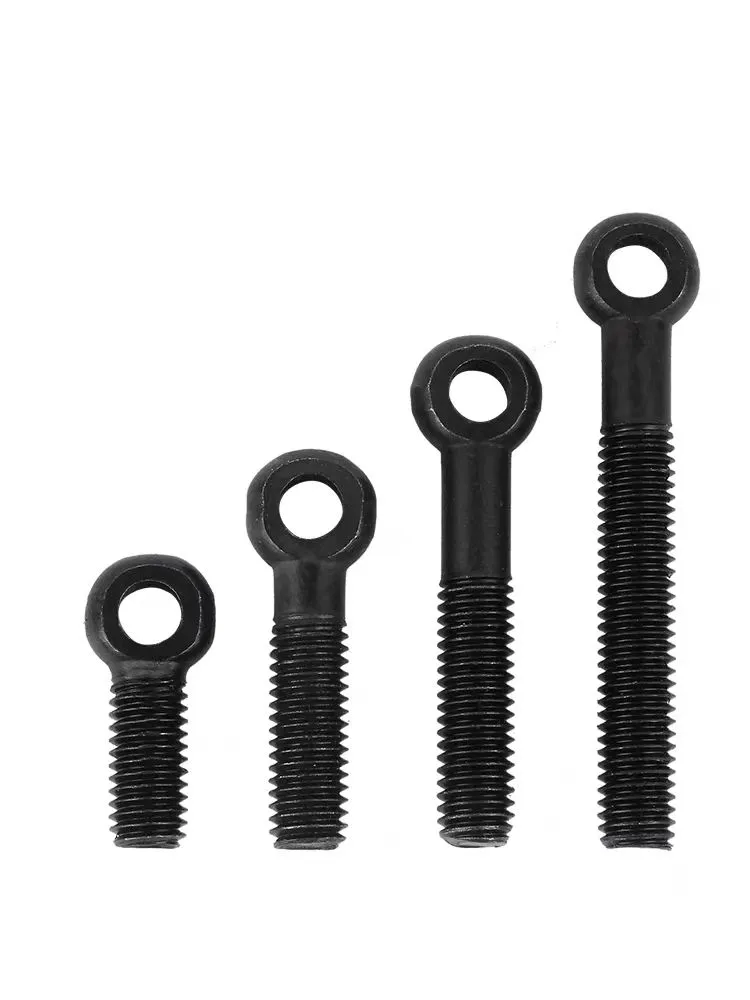

nut flange 12mm
Nov . 11, 2024 09:52 Back to list
nut flange 12mm
Understanding the Nut Flange The Importance of a 12mm Specification
In the world of manufacturing and engineering, precision and reliability are paramount. One frequently overlooked yet essential component in various assemblies is the nut flange, particularly those with a 12mm specification. This article delves into the significance of a nut flange, its applications, and why the 12mm size is notably prevalent in various industries.
What is a Nut Flange?
A nut flange is a specialized type of nut that features a flat, wide base. This design enables the nut to distribute pressure evenly across a surface, which is particularly useful in applications where stability and security are critical. Unlike standard nuts, a nut flange can effectively reduce the likelihood of loosening due to vibrations or dynamic loads. The broad base of the flange adds an extra layer of support, making it ideal for connecting joints and securing equipment.
The Role of a 12mm Nut Flange
The term 12mm refers to the diameter of the hole in the center of the nut. This size is widely used because it strikes a balance between strength and ease of installation. The 12mm nut flange is versatile, accommodating various bolt sizes while providing a sturdy fastening solution. Its compact size allows it to be used in tight spaces without compromising structural integrity.
Applications of 12mm Nut Flanges
1. Automotive Industry Nut flanges are extensively used in automotive manufacturing, particularly in the assembly of engines, transmissions, and suspension systems. The 12mm nut flange provides a secure fit that can withstand the harsh conditions and vibrations often present in vehicles.
2. Construction In construction projects, nut flanges play a critical role in securing beams and structural components. The 12mm specification is ideal for connecting metal framing or attaching components to concrete, ultimately enhancing the stability of buildings and infrastructure.
nut flange 12mm

3. Aerospace The aerospace sector demands high standards in terms of safety and reliability. Nut flanges of various sizes, including the 12mm version, are used in aircraft components to ensure that everything from engines to fuselage parts remains securely fastened during flight.
4. Machinery Many industrial machines rely on nut flanges for assembly. The 12mm nut flange's ability to resist shearing and enhance joint integrity makes it an excellent choice for machinery subjected to high stress and dynamic loads.
Advantages of Using a 12mm Nut Flange
- Enhanced Stability The larger surface area provided by the flange increases contact with the material it's fastening, which enhances stability. This stability is essential in high-vibration environments such as automotive applications.
- Resistance to Loosening The design of nut flanges helps prevent loosening over time, even under repeated stress or vibration. This characteristic is particularly beneficial in applications where maintenance access is limited.
- Ease of Installation The wider base allows for easier handling and torque application during installation, which can reduce the likelihood of stripping or damaging the fastener.
- Compatibility The 12mm size is widely compatible with various bolt sizes, making it a versatile option for many applications. This compatibility reduces inventory burdens, enabling manufacturers to standardize their components.
Conclusion
In summary, a 12mm nut flange is much more than just a practical fastening solution; it embodies reliability, stability, and versatility across multiple industries. Whether in automotive manufacturing, construction, aerospace, or machinery, its application enhances structural integrity and safety. As technology continues to evolve, the importance of quality components like the 12mm nut flange remains steadfast, solidifying its role in the efficient functioning of modern machinery and infrastructure. Proper selection and application of nut flanges can lead to more durable products, ultimately benefiting manufacturers and consumers alike.
Latest news
-
High-Strength Hot Dip Galvanized Bolts - Hebei Longze | Corrosion Resistance, Customization
NewsJul.30,2025
-
Hot Dip Galvanized Bolts-Hebei Longze|Corrosion Resistance&High Strength
NewsJul.30,2025
-
High-Strength Hot-Dip Galvanized Bolts-Hebei Longze|Corrosion Resistance&High Strength
NewsJul.30,2025
-
Hot Dip Galvanized Bolts-Hebei Longze|Corrosion Resistance&High Strength
NewsJul.30,2025
-
Hot Dip Galvanized Bolts - Hebei Longze | Corrosion Resistance, High Strength
NewsJul.30,2025
-
High-Strength Hot Dip Galvanized Bolts-Hebei Longze|Corrosion Resistance, Grade 8.8
NewsJul.30,2025

